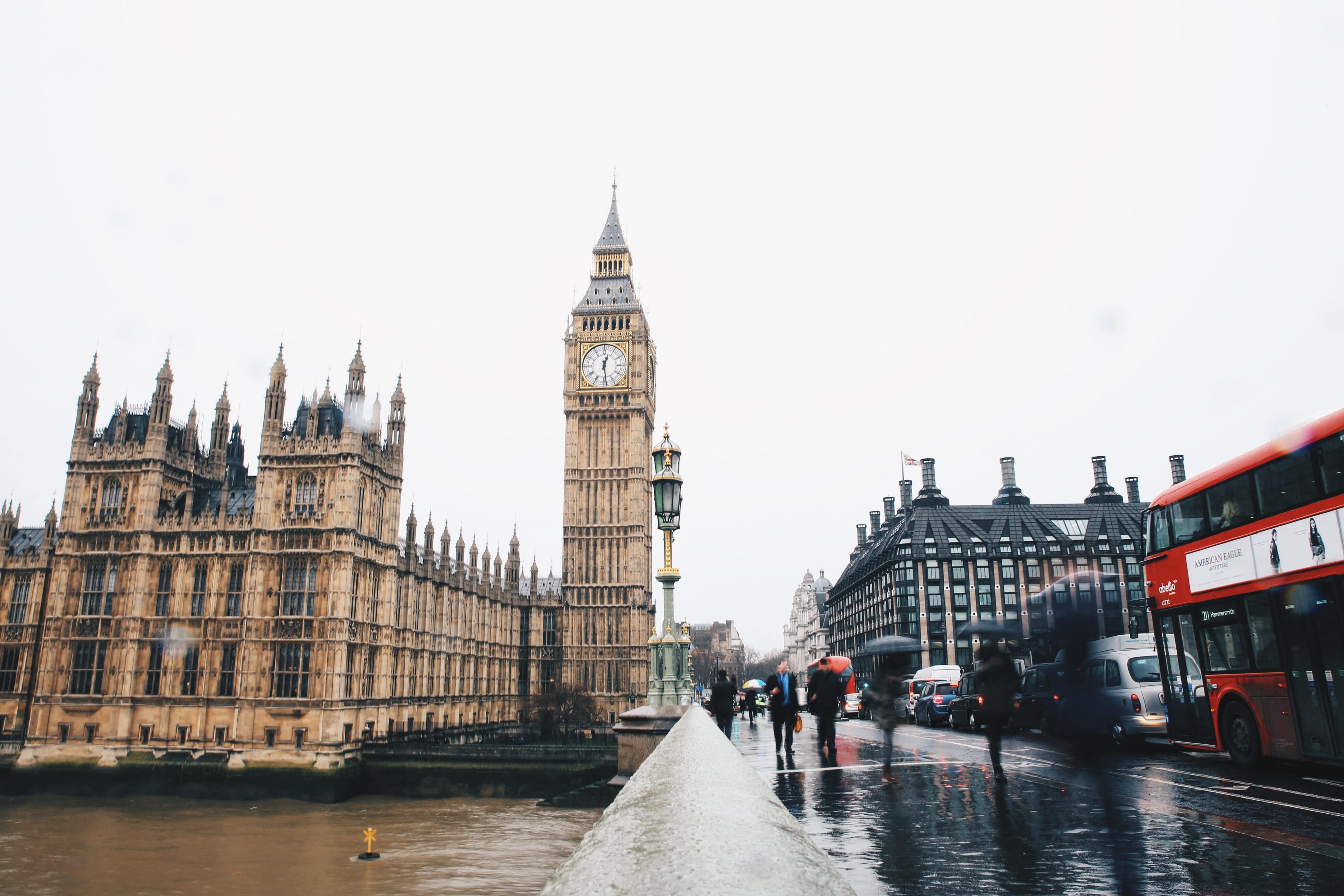
The Chancellor of the Exchequer, Jeremy Hunt, delivered his Autumn Statement this week, introducing a programme of £54 billion of public spending cuts and tax rises, and decreasing levels of support on bills, alongside increased support for those receiving benefits and a significant rise in minimum wage levels.
Following a period that saw inflation reach a new forty-year high, the Chancellor delivered a spending plan that focussed on finding “efficiencies” in public services, including increasing cuts from 2025 onwards in a statement that prioritised caution and calming the markets.
There was little support for households struggling to pay energy bills. The Chancellor announced an extension to the energy price cap at a reduced rate, raising the cap ceiling to £3,000, costing households at least an additional £500 per year.
According to the Office for Budgetary Responsibility which released its economic and fiscal outlook following the chancellor’s statement, living standards are due to fall by seven per cent over the next two years.
Those receiving benefits will see a rise in payments in line with the 10.1 per cent linked to September’s inflation rate. While this is good news, the increase will not begin until April 2023 and will therefore not address rising prices over the next four months.
The Chancellor announced an improved National Living Wage, rising by 9.7 per cent to £10.42 an hour for over 23s, as well as additional £900 cost of living payments to households on means-tested benefits next year and an extra £150 to those with disabilities. These measures are welcome, but like the increase in benefits payments they will not be received by those who need them until next year, leaving people to deal with rising costs throughout the winter.
A further six billion pound investment to energy efficiency of homes and buildings was announced from 2025, further delaying upgrades to the UK’s housing stock which is some of the least efficient in Europe. Schemes such as retrofitting homes and increasing energy efficiency would improve the health for those in the worst houses in the UK, experiencing rising bills and worsening standards. The English Housing Survey found that 2.2 million homes in England had at least one Category 1 hazard such as damp or mould while 941,000 contained severe damp, increasing the risk of respiratory illness as well affecting mental health.
The announcement that the government will allow local authorities to increase council tax by five per cent without referendum means that the average Band D household could pay £250 per year more in council tax by 2027-28. Given the impact of inflation on council budgets, it is expected almost all local authorities will push for the maximum possible increase.
Council tax is already one of the UK’s most regressive taxes, with the poorest tenth of the population paying approximately eight per cent of their income towards it, the next 50 per cent of the population paying 4-5 per cent, and the richest 40 per cent paying 2-3 per cent. A property in Band H, the highest band, will pay three times the tax of a property in Band A, the lowest, despite being worth at least eight times as much in value in 1991, according to the Institute for Fiscal Studies. The Autumn Statement only serves to exacerbate this.
